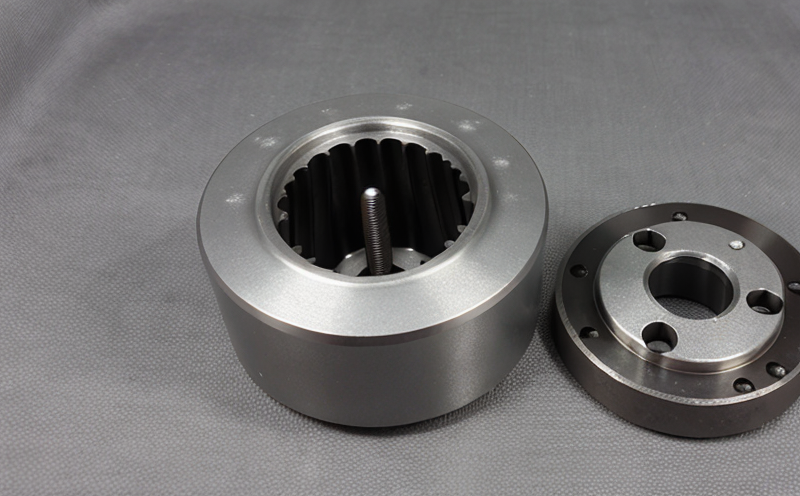ISO 17639 Metallographic Examination of AM Welds
The ISO 17639 standard provides a systematic approach to inspecting and evaluating the microstructure, elemental distribution, and other properties of welds produced using additive manufacturing (AM) techniques. This service is particularly valuable for quality assurance in industries where precision and reliability are paramount, such as aerospace, automotive, and medical device manufacturing.
The process involves several key steps: specimen preparation, metallographic examination, and analysis. Specimen preparation is critical to ensure that the microstructure of the weld can be accurately observed and analyzed. This typically includes cutting the sample into a suitable size and shape, followed by mechanical polishing and etching to enhance contrast for better observation.
Once prepared, the specimen undergoes metallographic examination using optical or scanning electron microscopy (SEM). The aim is to identify any defects such as porosity, inclusions, and cracks. SEM offers greater resolution but can be more expensive than optical microscopy. This service ensures that all critical areas of the weld are examined thoroughly.
The analysis phase involves assessing the microstructure and elemental composition using techniques like energy-dispersive X-ray spectroscopy (EDX). These analyses provide detailed insights into the grain structure, distribution of elements, and any anomalies present in the weld. The results help determine whether the weld meets the specified quality criteria outlined in ISO 17639.
This service is crucial for ensuring that additive manufacturing processes produce high-quality products. By adhering to international standards such as ISO 17639, manufacturers can demonstrate compliance with regulatory requirements and enhance their reputation for reliability and precision.
| Key Steps in ISO 17639 Examination |
|---|
| Specimen Preparation |
| Metallographic Examination |
| Analysis Using SEM and EDX |
Scope and Methodology
The scope of this service includes the comprehensive examination and evaluation of welds produced using additive manufacturing processes. The methodology adheres strictly to ISO 17639, which provides detailed guidelines for metallographic examination of AM welds.
- Sample Preparation: Samples are prepared according to ISO standards, ensuring that the microstructure is not distorted during preparation.
- Metallographic Examination: Specimens are examined using both optical and scanning electron microscopy (SEM) to ensure a thorough analysis of the weld structure.
- Analysis: Elemental composition is determined using energy-dispersive X-ray spectroscopy (EDX).
The methodology ensures that all critical areas of the weld are examined, providing detailed insights into any potential defects or anomalies. This approach helps ensure that products meet strict quality and safety standards.
Quality and Reliability Assurance
- Detailed Reporting: Comprehensive reports are provided, detailing the examination and analysis of the welds. These reports include recommendations for improvement where necessary.
- Reproducibility: The methodology is designed to ensure that results are reproducible, providing consistent quality across multiple inspections.
- Expert Analysis: Our team of experienced metallurgists and material scientists ensures accurate and reliable analysis.
Our commitment to quality and reliability is reflected in our rigorous adherence to ISO 17639 standards. This service not only meets regulatory requirements but also enhances the reputation of manufacturers by ensuring high-quality products.
Use Cases and Application Examples
The ISO 17639 metallographic examination is particularly useful in industries where precision and reliability are critical. Here are some examples of how this service can be applied:
- Aerospace Industry: Ensuring the integrity of complex structures like turbine blades.
- Automotive Industry: Verifying the quality of components used in high-performance engines and exhaust systems.
- Medical Device Manufacturing: Guaranteeing the safety and reliability of implants and other devices that interact with human tissue.
In each case, this service plays a crucial role in ensuring compliance with international standards while also enhancing product quality. By adhering to these standards, manufacturers can build trust with their customers and regulatory bodies.





